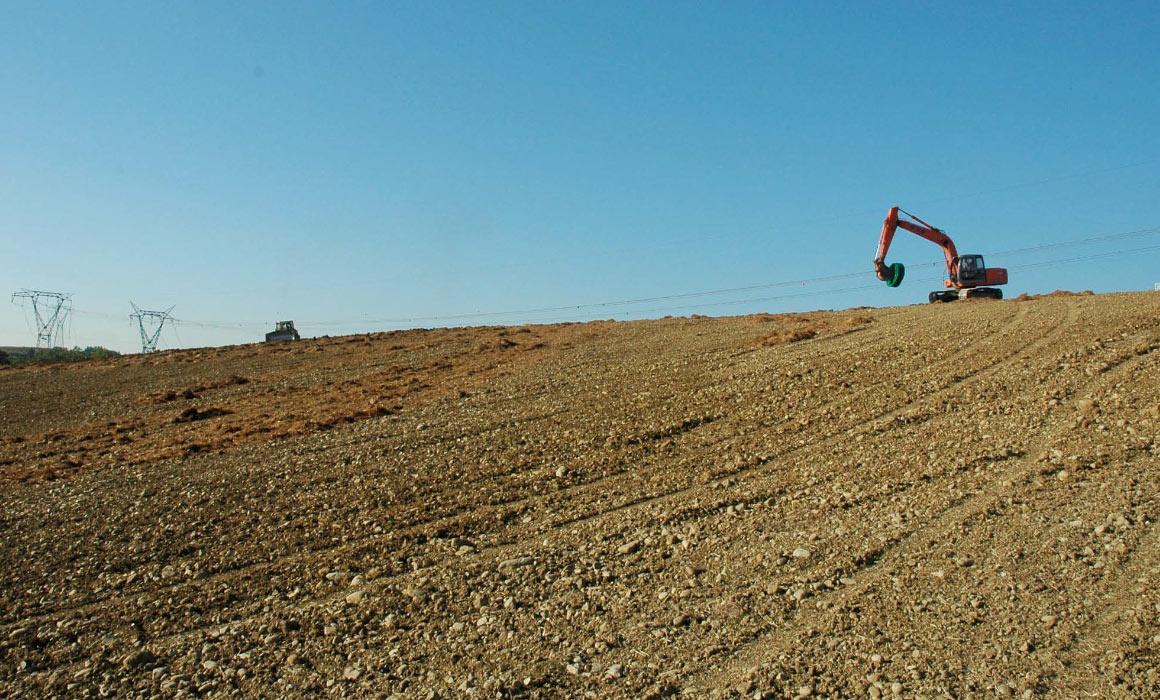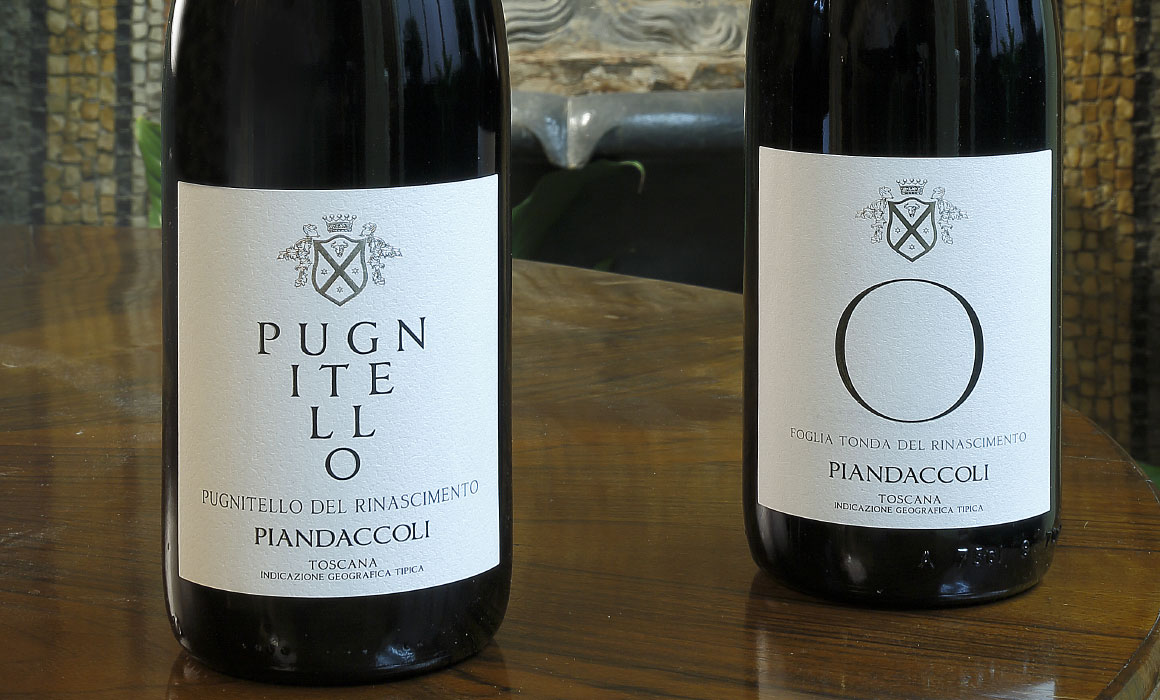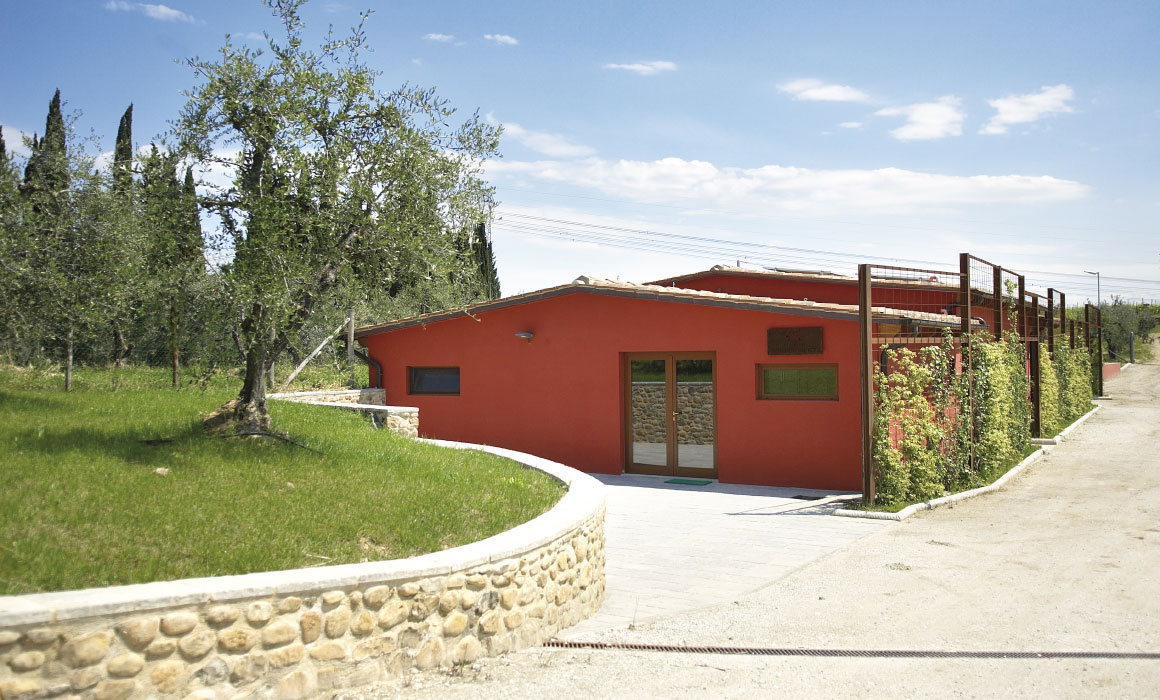Passion
I approached the world of wine with enthusiasm and with an industrial experience of over 40 years on my shoulders. This allowed me to combine the passion for our lands with that method which is dedicated to excellence that I had always applied in my work.
It was, therefore, quite natural to address several experts: I did an accurate test of our terroir to understand which vines to plant in which plots. At the same time, I was intent on producing an elegant wine, in which the wood was not predominant and with silky tannins, therefore I asked a trend expert for in-depth research on the evolution of consumer tastes for the next 20 years and with pleasure we noted that my intentions were in line with the then predictable developments.
Finally I came into contact with the University of Florence, which proposed to me to invest in some rare native Tuscan cultivation varieties. The idea immediately involved me, because it was connected to my other great passions: Art and History. Furthermore, helping to recover the vines of Renaissance Tuscany gave even more value, enological and moral, to the new course of the family estate.
Vision
Once decided to start this recovery project, the road that emerged was clear and at the same time a challenge. Clear because all our work would have been aimed at enhancing these rare varieties: we immediately set ourselves the goal of vinifying them in purity, manipulating them as little as possible, in order to be able to understand them in their deepest sense.
A challenge because it was then a total and absolute novelty: no specifications indicated the best way to cultivate these varieties or how to work them in the cellar. There was no way to go, we should have understood everything in the field. In fact, before reaching the point of making wine in purity our wonderful autochthonous wines would have passed 8 years from the first plant. In the meantime, we have never tired of experimenting, thus formulating original blends in which to combine autochthonous and Sangiovese and arriving until even to create the first sparkling wine in the world of Mammolo grapes only. The goals achieved so far are certainly many, we do not know what the future holds, but one thing is certain: every day we will work in the search for Excellence.
Piandaccoli
Our history

The history of piandaccoli starts well before our family
The estate was built around 1100 to house the pilgrims who went to florence from the via francigena and vice versa. Thus it was that the monks began cultivating vines in these lands.
1100

The pre-fillossera tuscan viticultural landscape
A painting by bartolomeo bimbi represents the many indigenous grape varieties present in the tuscany of the time. Many of these will be lost due to the phylloxera epidemic that hit europe in the mid-nineteenth century. Many of these will be lost due to the phylloxera epidemic that hit europe in the mid-nineteenth century and will be rediscovered and recovered only in the period after the world war two.
1750

The story continues
The tenuta already produces an excellent chianti and manages to market its wines throughout tuscany.
1950

New objectives
Dr. Giampaolo bruni replaces his father-in-law in the management of the property and defines a completely innovative project: producing wines from native vines of renaissance tuscany. For this purpose, all 20 hectares of vineyards are replanted.
2004

First bottle
The fruit of the harvest is bottled for the first time. In primis is born, an extremely elegant and unique blend of its kind: a sangiovese base, to which we decide to combine foglia tonda and pugnitello, two of our native vines.
2009

Wines from the renaissance
Finally the winemaking project of ``wines from the renaissance`` takes shape.
In 2012 the first 100% native grape variety is bottled: foglia tonda of the tuscan renaissance igt, a small production of excellence that immediately receives the consent of critics and consumers.
In the following years they will complete the range: pugnitello, barsaglina and mammolo.
2012

Piandaccoli today and tomorrow
After years focusing on the pursuit of excellence in the creation of its products, the winery manages to establish itself in more and more markets.
The project to disseminate the value of the native tuscan vines continues, fundamental for safeguarding the bio-diversity of our wine scene.